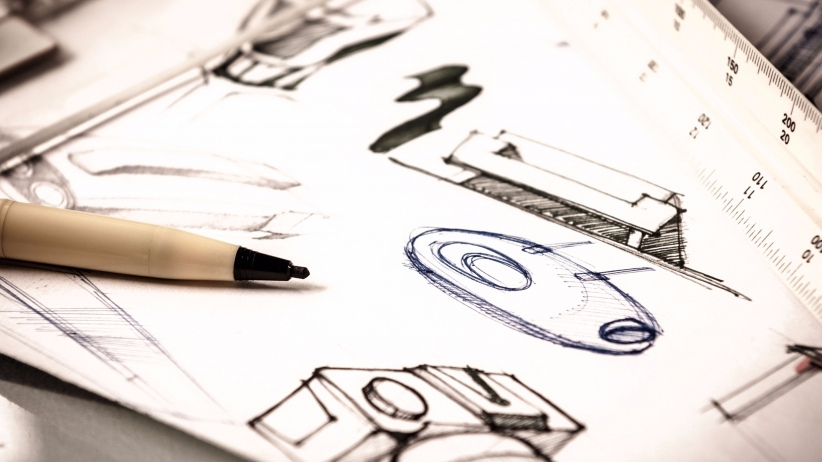
When my company decided to go full time, we made a big decision right off the bat: As designers, we wanted to focus our energy on making things. If we couldn’t grow by the quality of our work, we didn’t want to grow at all. So, we put funding rounds and sales strategies aside for the time being and got started.
We quickly learned that people are attracted to companies that lead with design. The numbers bear it out. A study by DMI shows that such companies outperform the stock market by 228 percent. Why? Good design conveys a clarity of mission, a sense of purpose and a healthy disdain for unnecessary distractions.
Thinking like a designer, in fact, has been a reliable way for us to build a bootstrapped, organic company. Today, as a team of 30 people, we’ve seen this mentality help us focus on what really matters: the work, the experiences people have and what we can do to create sustainable growth year after year.
Here are a few design approaches that may be helpful to apply to your business:
1. Don’t “pivot” on who you are.
Accepting that smart people often fail is a key to the entrepreneurial economy, but it’s resulted in a “fetishization of failure,” with too many founders abandoning business strategies from one week to the next.
Designers know that brands that endure combine successive iteration with a clear purpose — and have the discipline to stick with that purpose, forgoing the urge to tinker.
Guinness is an example; it’s been growing recently by adding beers to its lineup, updating its glass design and opening the Brewers Project — a lab where brewers can explore new recipes. But the company has also known when not to change. It’s been committed to its story and identity since 1862. But what if, when faced with a bad quarter, an ambitious designer said, “It’s time for something more modern” and then threw out that famous harp logo? Would we still root for Guinness?
Pivoting on tactics should be encouraged. We should iterate, test assumptions and get feedback before we reach conclusions. But we shouldn’t pivot on what we stand for. Be patient, and see your vision through, even when times get hard. Customers recognize and reward that consistency.
2. Think like a customer.
The best designers can get into a user’s mindset, and a key principle of user experience design is that users like to be delighted in unexpected ways.
A good example is how Slack handles cancellation. Its service monitors user accounts, and if someone…

